The Terms Used to Describe Carpets and Rugs
Published on May 21, 2017
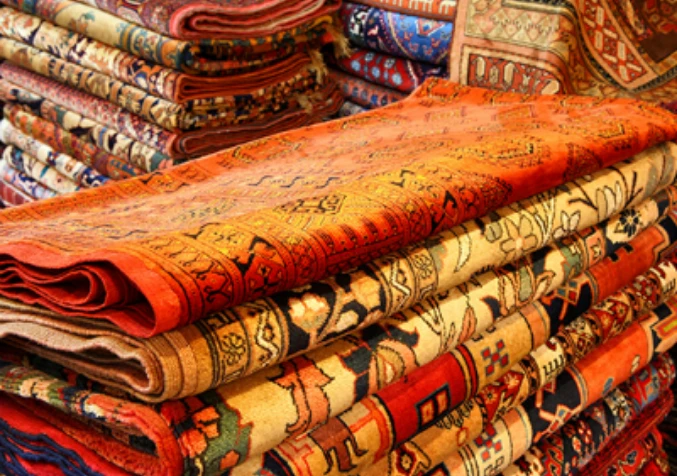
If it’s time to look for replacement carpet or new rugs to dress up your home, then you’re likely to come across quite a number of different terms to describe carpet and rugs that you’re not sure about. The array of styles and designs for carpets and rugs is mindboggling, so we’ve put together a short list of the some of the common ones and some of the trickier ones that you may find useful to keep on hand. Hopefully it helps you to make your decision.
Types and Styles of Carpet
1. Axminster
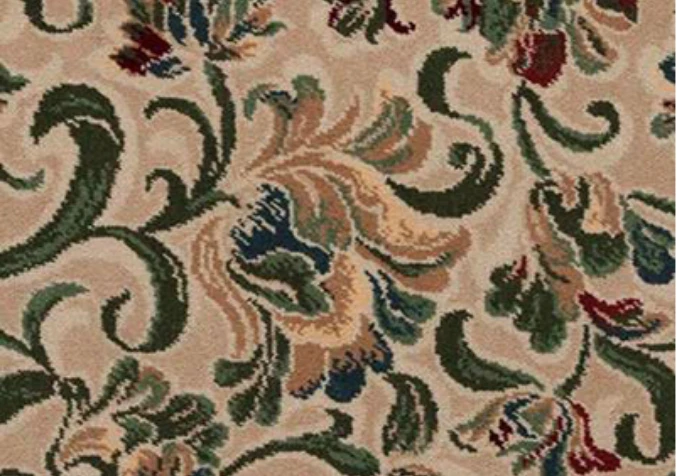
This is a woven carpet created by inserting one row of tufts at a time over a cotton weft (cross weave). This enables the weaver to build a multi-coloured and complex patterned carpet. Axminster carpets were very popular up to the mid 60’s in Australian homes, often identified by their floral patterns and tremendous longevity. Unfortunately the cost of Axminster carpets put it out of reach of most Australian home-owners
2. Berber
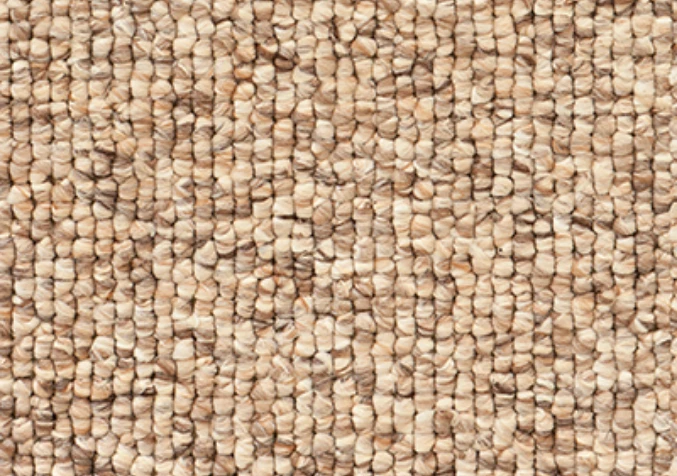
A common type of carpet that is generally a light coloured background with slight flecks of colour through it. It is a loop pile construction which gives it a similar appearance to the traditional knotted weave of the original Berber carpets named for the Berber people of North Africa
3. Dhurries
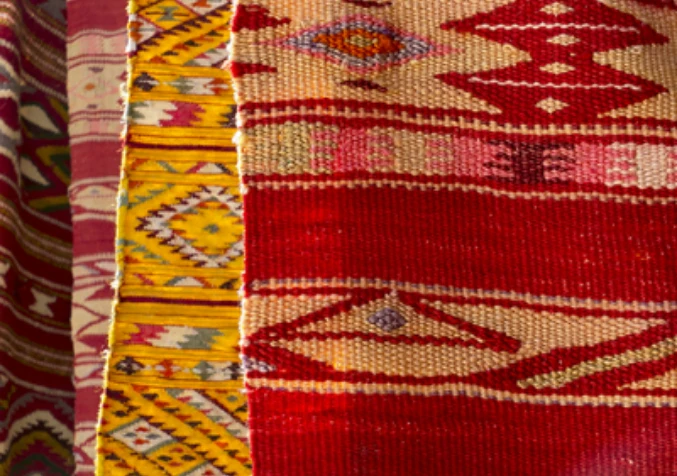
These are very affordable, flat woven rugs that and come in a wide range of colours, generally featuring geometric designs. Originally made in India from cotton, wool, silk or jute, those found in stores now are typically made of cotton. Whilst hard wearing, dhurrie rugs are very hard to clean
4. Frieze
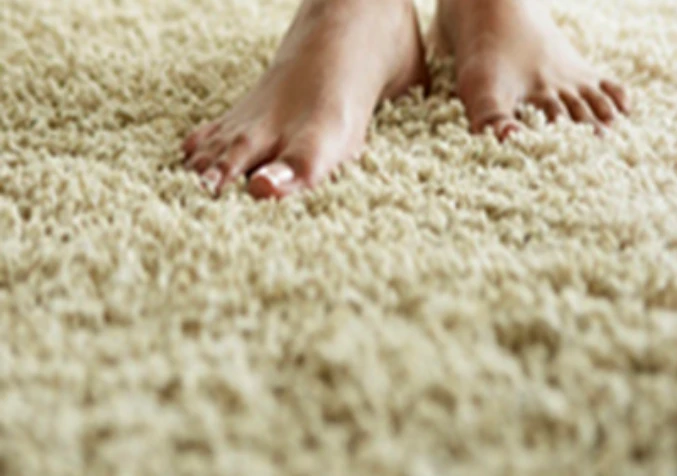
This is a carpet made from a cut and twisted pile in simple patterns or plain colours. The twist keeps it buoyant and unlikely to flatten which makes it ideal for high traffic areas. It feels soft underfoot. A shag carpet is an example of an extreme type of frieze.
5. Ikat
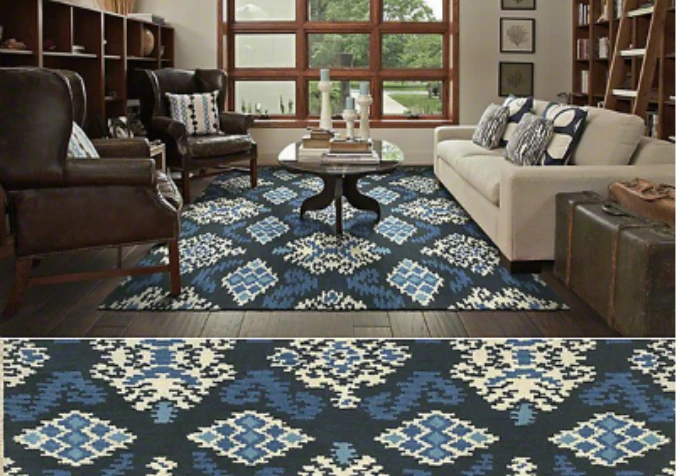
Originating in Indonesia, Ikat rugs are created by tie-dying or resistance dying the yarn prior to weaving. The patterns created tend to be blurry and reminiscent of batik. They are reversible and can lend a global, exotic aesthetic to any room.
6. Jacquard
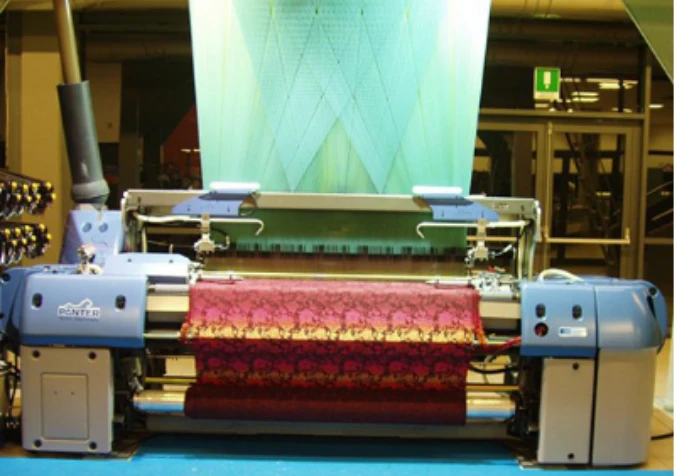
This is actually a type of loom (machine that weaves fabric) that produces carpets and rugs. Jacquard carpets and fabrics contain complex patterns created through the interweaving of different coloured thread or yarns. (See Wilton below).
7. Jute
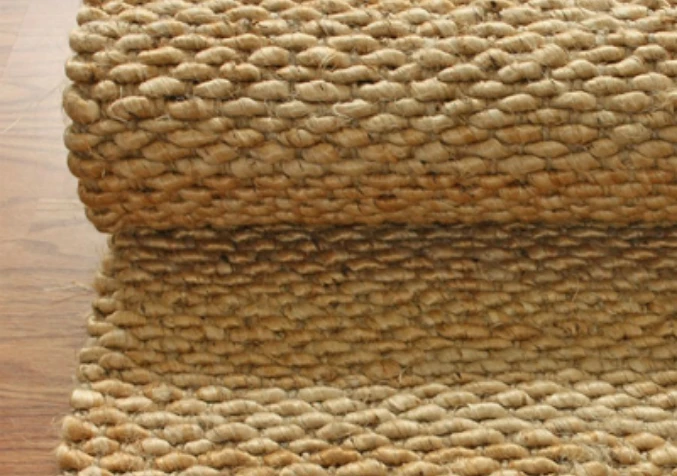
A very strong yarn is made from this coarse fibre from plants found in India and Bangladesh. It is often used as the backing fabric for woven carpets. Jute rugs have no pile and an organic look and feel to them that is very on trend at the moment for creating a light airy aesthetic.
8. Kilims
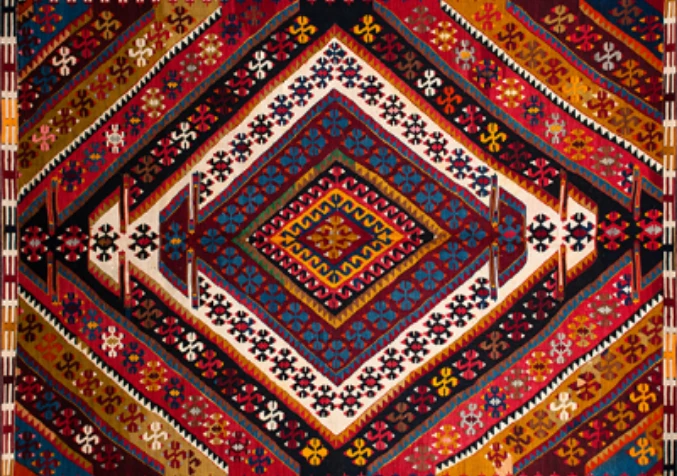
These are the rugs we tend to associate with Turkey and the Middle East. They are very similar to dhurries and are a tightly flat-woven wool rug generally in geometric designs with no pile.
9. Persian

A real Persian carpet is a work of art and highly valued. The term refers to carpets or rugs that are handmade in Persia (now known as the Islamic Republic of Iran) or the countries around it such as Syria. These rugs are generally made from wool or silk in a vast range of colours. The face yarn is knotted by hand onto a woven backing. The best way to identify an authentic Persian rug is to look at the back of the rug for the knotting holding the face yard to the backing. The location and history of a rug can be determined by the patterns and the colours that have been used.
10. Saxony
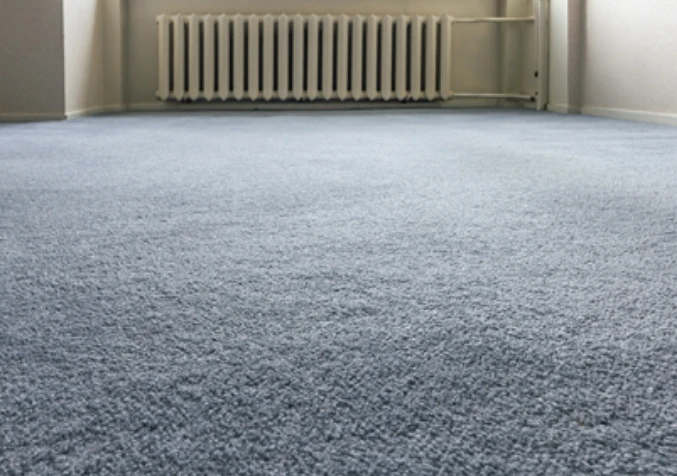
Also known as a plush carpet, it is a dense, cut pile carpet with upright yarn and a soft luxurious feel underfoot. Usually utilizing Nylon fibers for the face yarn, a Saxony carpet is typically a single block colour. Saxony carpets became very popular with the advent of 4th generation Nylon that gave nylon carpets excellent stain resistant properties.
11. Sisal
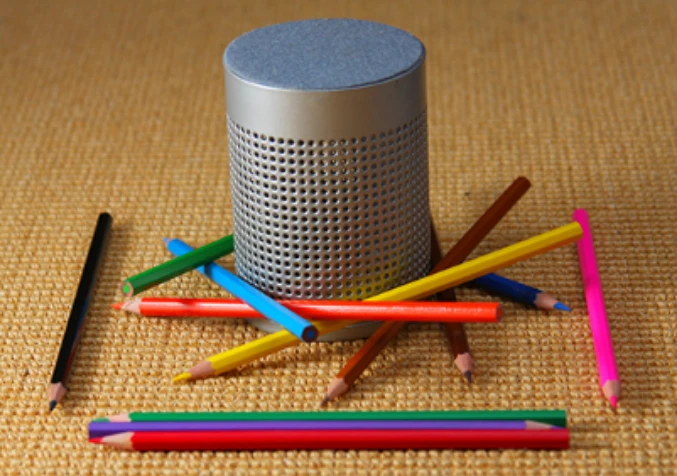
Found in Africa and Brazil, sisal is a natural fibre similar to jute that is extremely strong. In the mid 00’s Jute became very popular with interior designers however its’ popularity quickly faded as Sisal carpet is difficult to clean and being very absorbent, is subject to mould in humid environments.
12. Wilton

Woven on a Jacquard loom, this wool carpet is a cut pile carpet known for its strength and durability. The jacquard loom can use up to 5 different colours to create intricate, vibrant patterns. As an elegant and durable carpet with an excellent fire rating, Wilton carpets are often found in expensive hotels.
Are your rugs or carpets stained and dirty?
Electrodry is on hand to help you maintain your carpets and rugs no matter what type you choose. All our technicians are trained to international standards so that you can be confident that your investment is safe in our hands. We will take your rug's fibre into account when we are cleaning it, to ensure that it is cleaned effectively.




